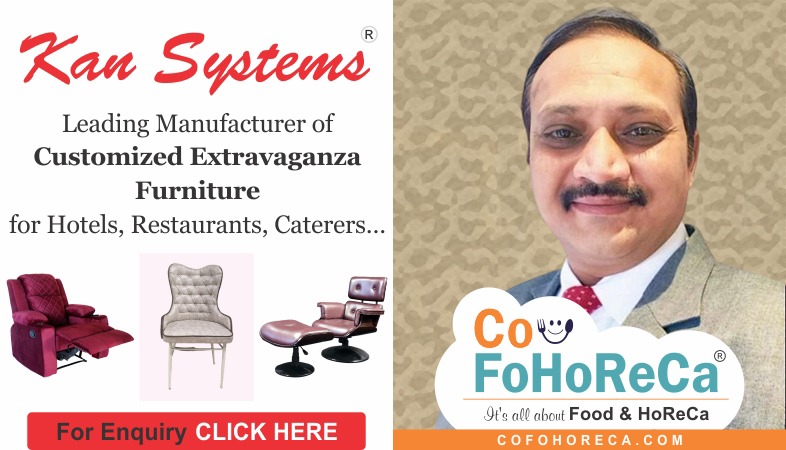Stewardship Strategy: How to Optimize Workflows for Maximum Efficiency
By refining stewardship strategies, businesses can enhance their operations and deliver exceptional service.
In the fast-paced world of foodservice and hospitality,
effective stewardship is critical for maintaining high standards and ensuring
smooth operations. Optimizing workflows is essential for maximizing efficiency,
reducing waste, and improving overall productivity. By refining stewardship
strategies, businesses can enhance their operations and deliver exceptional
service. Here’s how to optimize workflows for maximum efficiency in
stewardship.
The first step in optimizing workflows is to assess the current processes and identify areas for improvement. Conduct a thorough analysis of existing procedures, from inventory management and equipment usage to staff roles and responsibilities. Map out each step in the workflow to pinpoint bottlenecks, inefficiencies, or redundancies. Engaging staff in this assessment can provide valuable insights, as they are often the most familiar with the day-to-day challenges and opportunities for improvement.
Once the areas for improvement are identified, implement streamlined procedures to address them. Standardizing processes can reduce variability and ensure consistency in operations. Create detailed guidelines and checklists for common tasks, such as cleaning routines, inventory checks, and equipment maintenance. Clearly defined procedures help staff perform tasks more efficiently and minimize errors. Regularly review and update these procedures to adapt to changing needs and incorporate best practices.
Investing in technology can also significantly enhance workflow efficiency. Implementing digital solutions, such as inventory management systems or automated scheduling tools, can streamline operations and reduce manual tasks. For instance, a digital inventory system can provide real-time tracking of stock levels, automate reordering processes, and reduce the risk of stockouts or overstocking. Automated scheduling tools can optimize staff shifts and ensure adequate coverage during peak times.
Effective communication is crucial for maintaining smooth workflows and ensuring that all team members are aligned. Foster a culture of open communication and encourage staff to share feedback and suggestions for improving processes. Regular team meetings and briefings can help keep everyone informed about changes, updates, and goals. Utilizing communication tools, such as messaging apps or project management software, can facilitate quick and efficient information sharing.
Training and development play a key role in optimizing workflows. Providing staff with the necessary skills and knowledge ensures that they can perform their tasks efficiently and effectively. Invest in regular training programs that cover new procedures, technology, and best practices. Cross-training staff to perform multiple roles can also provide flexibility and ensure that operations continue smoothly during staff absences or peak periods.
Another important aspect of optimizing workflows is maintaining equipment and facilities. Regular maintenance and inspections can prevent equipment breakdowns and ensure that everything is functioning properly. Develop a preventive maintenance schedule and adhere to it rigorously. Properly maintained equipment operates more efficiently and reduces the risk of costly repairs or replacements.
Efficiency in stewardship also involves effective waste management. Implementing waste reduction strategies, such as portion control and recycling programs, can minimize waste and lower costs. Educate staff on best practices for waste management and encourage them to be mindful of waste reduction in their daily tasks. Tracking waste generation and analyzing patterns can help identify areas where improvements can be made.
Monitoring performance and measuring results are essential for evaluating the effectiveness of optimized workflows. Establish key performance indicators (KPIs) to track progress and assess the impact of changes. KPIs might include metrics such as task completion times, inventory turnover rates, or customer satisfaction scores. Regularly review these metrics to identify areas for further improvement and adjust strategies as needed.
Optimizing workflows in stewardship requires a comprehensive approach that involves assessing current processes, implementing standardized procedures, investing in technology, and fostering effective communication. Training and development, equipment maintenance, waste management, and performance monitoring are also crucial for maximizing efficiency. By focusing on these areas, businesses can enhance their operations, reduce waste, and improve overall productivity, leading to a more successful and efficient stewardship strategy.
.png)




























